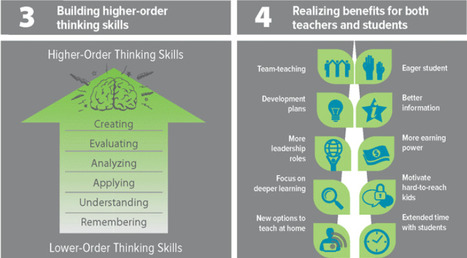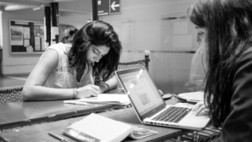The mobile application is the fastest growing digital market. According to all projections, it will continue to rise at a significant rate mostly due to increased penetration of the internet and smartphones. Various researchers predict that the mobile application market will reach $188.9B worldwide by the end of 2020. At the same time, many mavericks around the world use ios app development not only to make a fortune but also to take a stand, promote their cause and fight social and environmental issues. Let’s dive into some exciting, mobile app projects made by students.
Via John Evans



 Your new post is loading...
Your new post is loading...















